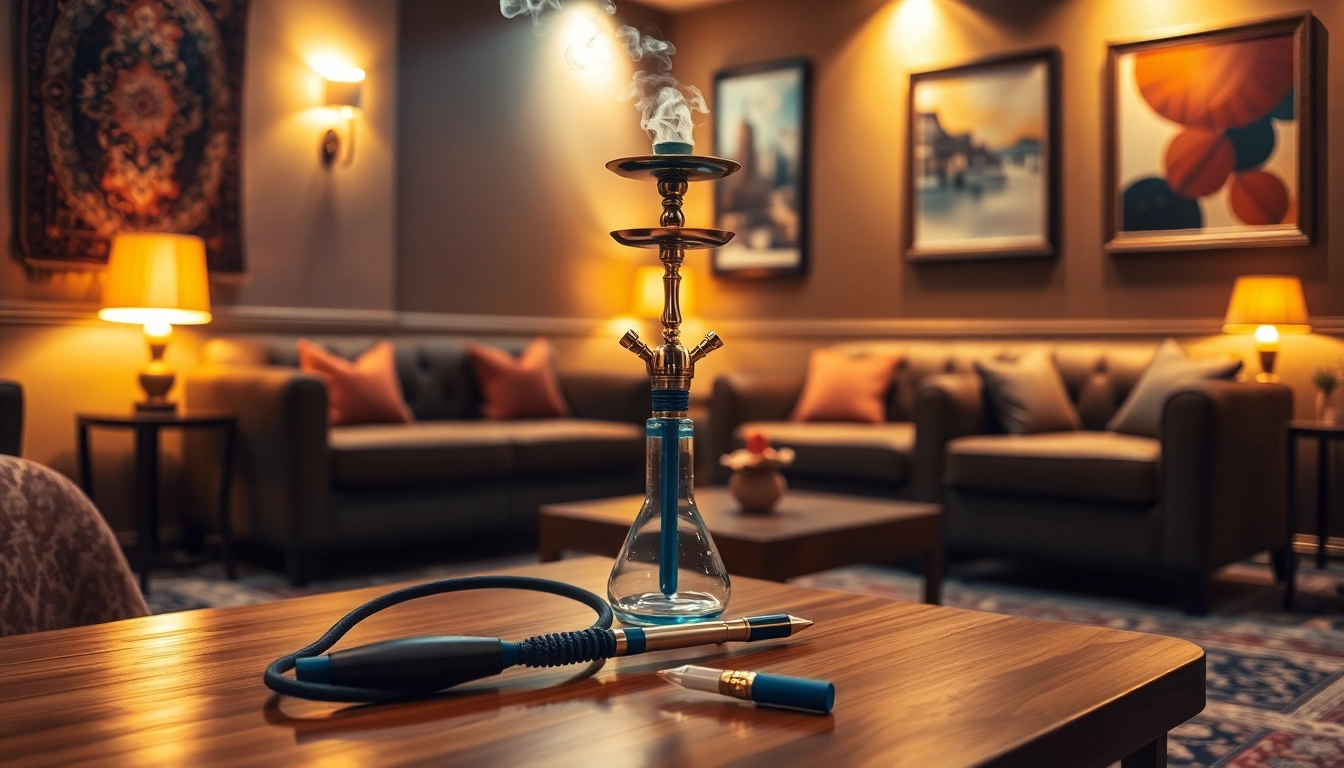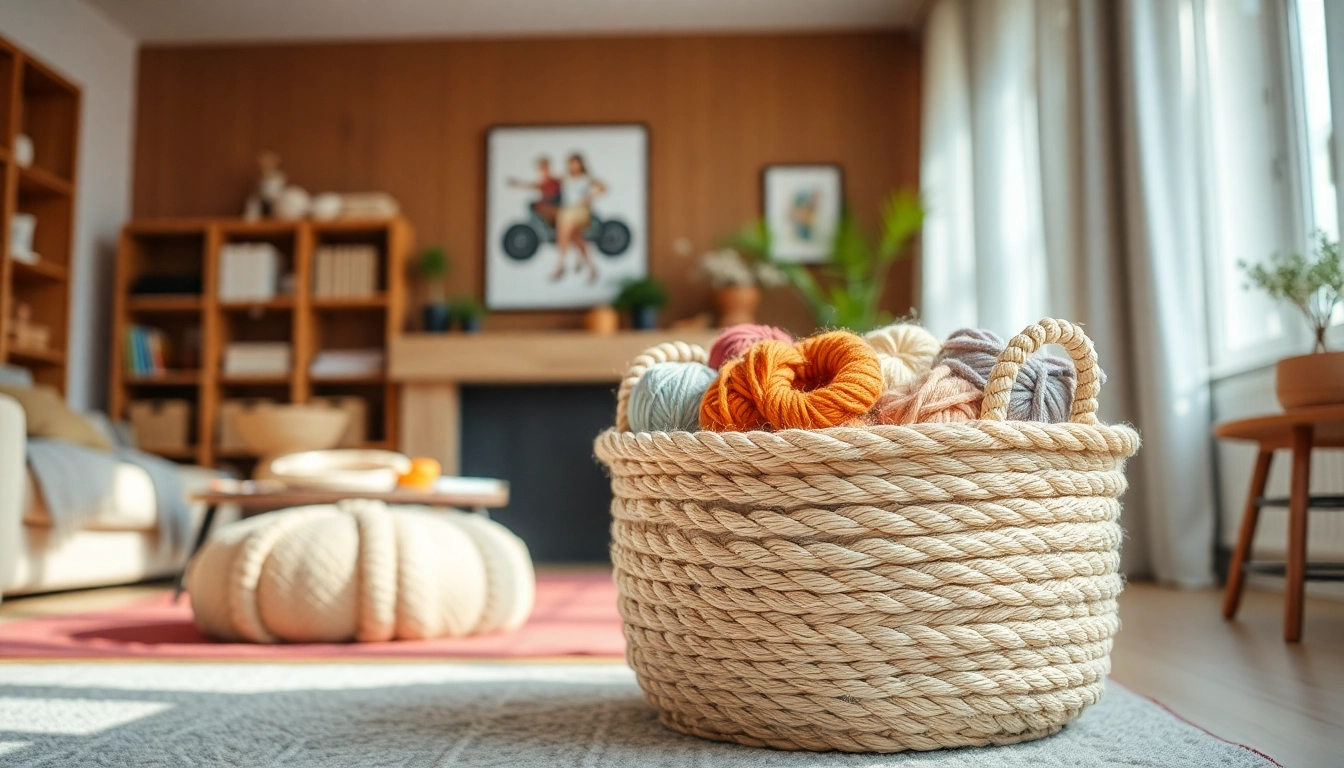Understanding the Basics of High Quality Hookah
The art of smoking hookah has captured the fascination of enthusiasts around the world. What makes a hookah experience truly remarkable often hinges on the quality of the hookah itself. Whether you’re a seasoned smoker or new to this social pastime, understanding what defines a high quality hookah is essential for a satisfying session. From the intricate designs of the hookah to the materials used, the quality directly impacts the flavor and the overall experience.
What Defines a High Quality Hookah?
A high-quality hookah is typically characterized by several key factors. First among these is the materials used in its construction. Premium hookahs are often crafted from stainless steel, brass, or high-grade aluminum, which enhances durability and rust resistance. Additionally, the craftsmanship plays a pivotal role; well-designed hookahs feature smooth welds, precise joints, and optimal airflow, contributing to a significantly better draw and flavor output.
Furthermore, a high-quality hookah offers customizable elements such as adjustable air valves and a variety of shisha bowls. These features allow for fine-tuning your smoking experience, catering to individual preferences regarding drag, intensity, and flavor. Finally, aesthetic considerations cannot be overlooked. High-quality hookahs boast attractive designs, making them not just functional but also visually appealing.
Common Types of Hookahs
When venturing into the world of hookahs, you’ll encounter a variety of models, each with unique characteristics. The most common types include:
- Egyptian Hookahs: Known for their intricate designs, these traditional hookahs rely on a simple, classic structure.
- Modern Hookahs: Often featuring sleek lines and innovative designs, these hookahs are generally made with high-quality materials and customizable parts.
- Portable Hookahs: Compact and designed for travel, portable hookahs still provide a satisfying smoking experience and can be set up quickly.
- Multi-Hose Hookahs: Perfect for sharing, these hookahs allow multiple users to smoke simultaneously, enhancing the social aspect of the experience.
The Importance of Materials
The materials used in a hookah have a profound impact on its performance. Stainless steel is the gold standard for many high-quality hookahs due to its resistance to rust and ease of cleaning. Brass offers a luxurious option and is often found in premium hookahs, but it requires more maintenance to prevent tarnishing. On the other hand, glass base components are favored for their aesthetic appeal and ability to showcase the water within, contributing to the overall sensory experience. Understanding these materials can guide you in making an informed purchasing decision, ultimately leading to a more enjoyable hookah experience.
Choosing the Right Accessories for Your Hookah
Accessories play a crucial role in enhancing your hookah smoking experience. From the bowl to the hose, selecting high-quality accessories can elevate the quality of each session, making it essential to understand what to look for.
Essential Components Overview
Several vital components make up the perfect hookah setup:
- Hookah Bowl: Holds the shisha and is designed for efficient heat distribution.
- Hose: The conduit for smoke, it’s vital for freedom of draw and comfort during use.
- Tray: Catches ash and remnants from the shisha, keeping your space tidy.
- Base: Holds water that filters and cools the smoke before inhalation.
Benefits of High-Quality Accessories
Investing in high-quality accessories not only enhances the smoking experience but also ensures longevity. A well-designed bowl can lead to better tobacco flavor, while a premium hose reduces draw resistance, allowing for smoother hits. Additionally, quality materials in accessories minimize the risk of leaks, corrosion, and breakdowns, ensuring that your sessions are enjoyable and hassle-free.
What Makes a Great Hookah Bowl?
A great hookah bowl is characterized by several factors; these include design, size, and material. Phunnel bowls, for instance, are popular for their ability to retain juices from the shisha, resulting in longer-lasting flavor. The size of the bowl also affects the quantity of shisha you can load; larger bowls can accommodate more tobacco, extending the smoking session. Materials like glazed ceramic provide even heat distribution and are less prone to burning the shisha, which is vital for an optimal smoking experience.
Preparing Your High Quality Hookah
Proper preparation is fundamental to achieving the best hookah experience. A meticulously prepared hookah can make a world of difference in flavor, smoothness, and overall enjoyment.
Step-by-Step Hookah Setup
The setup process can be streamlined by following these steps:
- Fill the Base: Add water until the downstem is submerged by approximately an inch.
- Assemble the Hookah: Attach the stem to the base tightly to avoid leaks.
- Prepare the Bowl: Pack the shisha into the bowl without pressing it down too hard to allow airflow.
- Add Foil or Screen: Cover the bowl with perforated foil or a screen for heat management.
- Attach the Hose: Ensure the hose is securely attached to the stem for an airtight seal.
- Heat Management: Place coals on the bowl, monitoring heat for optimal flavor without charring the shisha.
Choosing the Right Shisha
The selection of shisha can significantly alter your experience. Factors to consider include flavor profiles, nicotine content, and the brand’s reputation for consistent quality. Popular choices range from fruity flavors to more exotic blends. Sampling a variety of brands and styles can help identify personal preferences, whether you favor sweet, minty, or herbal shisha.
Optimal Water Levels Explained
Water serves as a filter and cooler for the smoke, so the correct water level is crucial. An ideal level is typically achieved when the downstem is submerged about an inch; too little water can lead to dry hits, while too much can generate excess splashback into the hose. Adjusting the water level based on the size of the hookah and specific preferences can enhance smoking comfort and flavor smoothness.
Mastering the Smoking Technique
To truly enjoy a high-quality hookah, mastering the smoking technique is essential. A good technique refers not only to the process of drawing the smoke but also to the management of heat and the overall enjoyment of the session.
Understanding Draw Resistance
Draw resistance refers to the effort required to inhale through the hookah. A low draw resistance is ideal for an enjoyable experience, allowing for smooth inhalation. Factors that influence draw resistance include the size of the hose, bowl packing, and any restrictions in airflow. Ensuring that the downstem is appropriately submerged and that the bowl is well-packed can mitigate excessive draw resistance.
How to Manage Heat Correctly
Heat management is a critical aspect of the hookah experience. Too much heat can burn the shisha, producing a harsh, unpleasant taste, while too little heat results in weak, flavorless smoke. Rotate the coals regularly and adjust the number of coals used based on the type of shisha and bowl being employed. Using heat management devices can also help provide consistent heat levels for an enjoyable session.
Duration and Enjoyment Tips
To maximize the duration and enjoyment of your hookah session, consider pacing your draws and allowing the coal to heat the shisha effectively before drawing heavily. Staying relaxed and periodically taking breaks can also prolong the smoking session while ensuring full enjoyment of the varied flavors present in the shisha. It’s important to remain attentive to the flavors evolving over time, as different notes may become prominent as the session progresses.
Maintaining Your Hookah for Longevity
Regular maintenance and proper care can significantly extend the lifespan of your hookah and its components. Here are best practices to follow:
Cleaning Best Practices
Cleaning your hookah after each use is crucial to maintain flavor integrity and prevent buildup. Disassemble the hookah, rinsing out the base with warm water to remove residue. For the hose, avoid submerging it; instead, blow out any excess moisture and use a long brush to clean the interior. Bowls may require scrubbing with a brush but should not be overly abrasive to avoid scratches. Additionally, consider using specialized cleaning solutions formulated for hookahs to remove stubborn residue.
Storing Your Hookah Properly
How you store your hookah impacts its longevity. It’s best to disassemble the components and store them in a cool, dry place, away from direct sunlight. Keep the hoses hung or laid flat to prevent kinks, and ensure all parts are thoroughly dry before storage to avoid bacterial growth or corrosion. Investing in a protective case can also provide additional security and prevent damage during transportation.
Common Issues and Troubleshooting
Even the best hookahs may encounter issues from time to time. Common problems include clogged hoses, poor draw, or uneven burning of the shisha. If you experience a clog in the hose or pipe, cleaning will often resolve this. To tackle poor draw, check for airflow efficiency in all components; ensuring that seals are tight can often rectify this. Uneven burning is often addressed by adjusting heat levels and proper shisha packing; experimentation can help identify the right combination for your setup.




